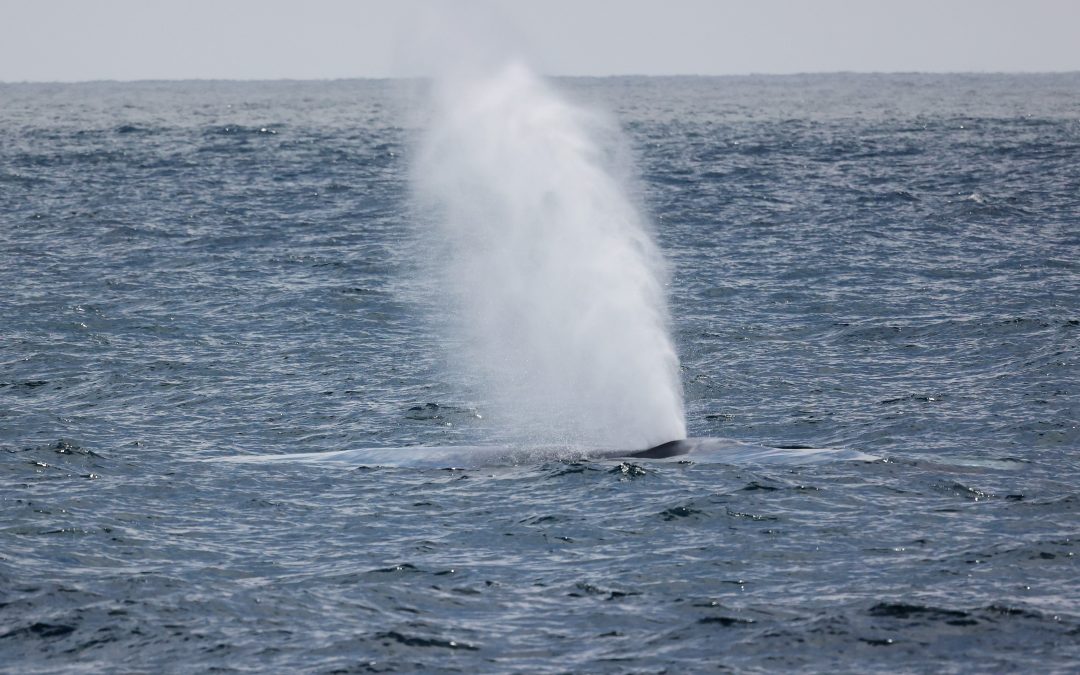Look no further, we have some gray whale migration facts that are sure to amaze you. Due to its enormous size, unique behavioral traits, and stunning natural appearance, the gray whale is one of the most intriguing marine mammals in the world. Even though gray whales are among the biggest mammals on the planet, there is still much to be discovered about this remarkable species. This is partly caused by the difficulty of seeing gray whales in their native environment.
Interesting Gray Whale Migration Facts
The following are some gray whale migration facts:
- The gray whale is the sole extant member of the Eschrichtiidae family of baleen whales. The feeding habit of the gray whale distinguishes it from the other two baleen whale groups; it is a bottom feeder.
- The nickname “devil fish” was given to gray whales due to their hostile responses when harpooned.
- The gray whale is primarily a bottom feeder that forages around the ocean floor. Turning on its side, a gray whale consumes large mouthfuls of silt, strains out water and mud through its baleen, and ingests crustaceans that live on the ocean floor. This type of whale has the fewest baleen, with roughly 130 baleen strips on each side of the mouth. The lower quantity of baleen indicates that these animals are bottom feeders.
- In the warm, shallow lagoons of Baja, females give birth to 4.9 meters (16 foot) calves. Some gray whales in the lagoons are exceptionally responsive to human presence.
- They are thought to be capable of swimming up to 15 kph and diving up to 120 meters (395 feet) (33 mph).
- It is known that gray whales travel around 10,000 kilometers (6,000 miles) on each trip. The longest known animal migratory path is that one.
How Large Is the Gray Whale?
Size
- The gray whale is a massive marine animal, with newborn calves averaging 4.9 meters in length (16 ft.).
- Male: 13 meters (43 ft.)
- Female: 14.1 meters (46 ft.). Their greatest length is around 15 meters (49 ft.).
Weight
- Females may weigh about 32,000 kilograms (70,000 lbs.). The estimated maximum weight of a gray whale is 35,300 kg (78,000 lbs.).
- A newborn gray whale weighs roughly 500 kg (1,100 lbs.).
What Is Special About Gray Whales?
Due to their unusual bottom-feeding behavior, gray whales play a significant role in ecosystems. They produce enormous mud plumes that re-suspend significant amounts of nutrients, enhancing the seafloor’s life and bringing an abundance of crustaceans from below to the top for seabirds to feast on.
How Do You Identify Gray Whales?
Gray whales are named for their slate-gray skin with gray and white spots. Abrasions, scars, white barnacles, and orange whale lice cover them. Gray whales have streamlined bodies and lack a dorsal fin, distinguishing them from humpback whales. However, they have a prominent dorsal hump around two-thirds down their back, followed by six to 12 knobs to the tail stock. A couple more gray whale migration facts are that the neck has two to four five-foot-long grooves and a slightly arched upper jaw. Another difference from a humpback whale is that its flippers are gray, paddle-shaped, and pointed at the tips. The tail fluke is deep-notched and 10–12 feet (3–4 m) wide.
Where Do Gray Whales Live?
Although they sometimes migrate through deep seas far from shore, gray whales are primarily found in shallow coastal regions of the North Pacific Ocean.
When Is Gray Whale Season In San Diego
San Diego is one of the best places in the world to see marine life. Over 20,000 gray whales pass along the coast from mid-December to April, which is whale viewing season.
Are Gray Whales Friendly To Humans?
Although you shouldn’t count on this animal to play with a diver, certain species have been receptive to humans. Generally, none of the land-based life forms are “friendly” to these marine animals. Whales are just as “aggressive” to people as they are to fish that are nearby.
Can People Touch A Gray Whale?
The answer is that it depends on whether touching whales is permitted!
It depends, but we need to be cautious. Whale skin is thin, delicate, and nerve-rich. Whales’ thick blubber makes us think they have tough skin, but they don’t. Nerve receptor densities are more intriguing. Scientists think whales may feel boundary layer separation-caused air bubbles in seawater while swimming. Whales may be able to shift their body to reduce drag and cavitation.
Do Gray Whales Eat Humans?
Only gray whales are primarily bottom feeders; they do this by scraping the side of their heads along the ocean floor and scooping up dirt. The southern Chukchi Sea and the northern Bering Sea, where gray whales graze, have been shown to have densities of 12,000 to 20,000 amphipods per square yard. In tropical seas, gray whales seldom eat during the migration or the winter months.
Why Are Gray Whales Important?
Being at the top of the food chain, whales are crucial to maintaining the general health of the marine ecosystem. Additionally, they are susceptible to ocean activities by people. They may survive and prosper in their native environment thanks to the efforts of the WWF.
